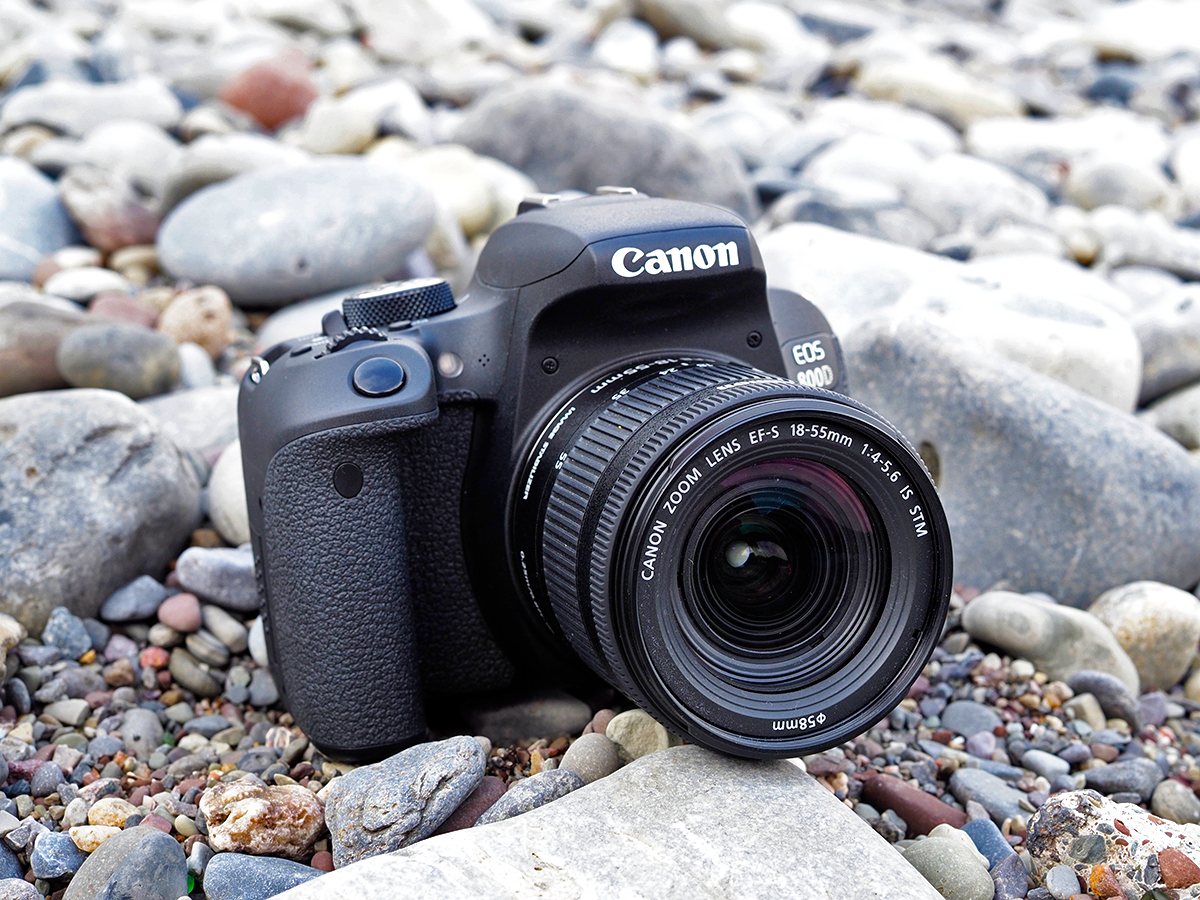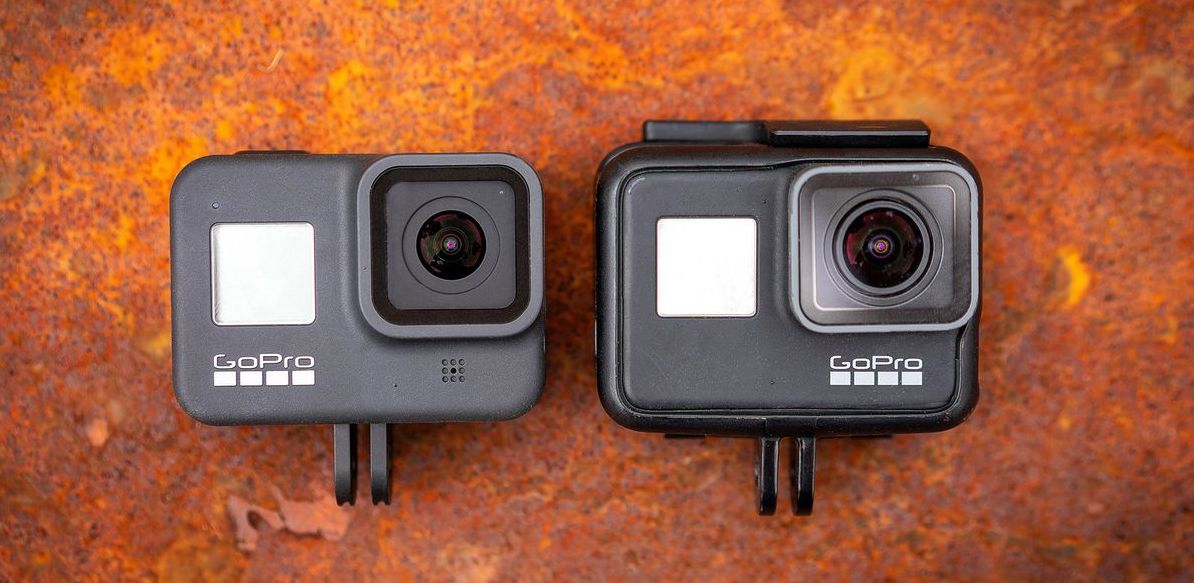
Fujifilm XT3 vs Canon 6D Mark II: Who’s the Mid range leader?
The Fujifilm XT3 has recently been taking up a lot of headlines as an overall marvel of modern day photography. And for good reason, it checks all the marks needed for an excellent camera. But how does it compare against some of the already established names in the market? For its price point it holds rivalry to the Canon 6D Mark II.
Features:
Starting from the very obvious difference, both cameras are a completely different design, the XT3 being a mirrorless camera and the Canon 6D being a contemporary DSLR. While the Canon 6D is a full frame camera, the XT3 has a crop frame sensor. The XT3 has a 26.1MP APS-C-format X-Trans CMOS 4 sensor while the 6D Mark II uses a 26.2MP CMOS sensor and Canon’s DIGIC 7 processor so both cameras are very similar in terms of image resolution. The XT3 has a back illuminated sensor that provides better low light performance with minimum ISO going down to 160. The Canon has ISO sensitivity range of 100 – 40000 that is expandable to ISO 50 – 102400.
The XT3 is superior to the Canon when it comes to image and color quality however. Its X trans processor is able to better replicate color and tonal graduations giving you some of the most accurate color profiles you can find today. For continuous shooting the Canon has a max rate of 6.5 fps, the XT3 once again wins with a 11 fps shot rate with the mechanical shutter and an astounding 30 fps shot with the electronic shutter.
Autofocus:
The Canon 6D incorporates an all cross type AF system. This gives you 45 phase detect points. The autofocus is pretty excellent in handling various light conditions and even works in situations as low as -3 EV, and can operate with lenses with a max aperture of f/8 albeit with 27 points. The XT3 has an expanded phase detect autofocus which covers the whole sensor area with 2.16 million points. The autofocus remains snappy even in very low light conditions. It offers you subject tracking thanks to its faster focus and is even able to detect and focus on faces while recording video.
Video recording:
The Canon 6D is capable of recording full HD video with a max frame rate of 60 fps. The camera also has 5 axis image stabilization for better handheld video. When using a lens equipped with optical Image stabilization, this gives even better results. The Fuji on the other hand greatly surpasses the 6D in this area with many more features. Recording resolution bumps up to 4K at 60 fps with 10 bit 4:2:0 while also having the option to record 4K 60p at 10 bits 4:2:2 via the HDMI output (on an external recorder) with speeds up to 400 Mb/s. You can even record internally and externally.
Some other resolutions you can record on are DCI 4K at 30 fps and full HD 1080p at 120 fps for slow motion shots. The XT3 also has F-log gamma recording, giving you the power to color grade videos in post production. From a professional perspective this can make all the difference when it comes to making your videos truly cinematic. While there might not be in body image stabilization in the XT3, you cant deny the fact that the XT3 completely beats the Canon when it comes to professional video.
Body:
The fact the both cameras come from different classes brings a lot of differences in body and build quality. The Canon 6D is a DSLR and is therefore bigger and bulkier in size, weighing 765 grams with the battery inserted. The XT3 benefiting from its mirrorless design is much more compact and lightweight without sacrificing any of the power weighing 539 grams with the battery. On the top of the XT3 are various dials and buttons for a much more intuitive and professional feel when operating the camera, for ISO, shutter-speed and exposure compensation. The Canon 6D its built more or less with the same buttons as other Canon DSLRs. The XT3 has a 3.69m OLED electronic viewfinder with a 100 fps refresh rate and wider angle viewing. The Canon has an optical viewfinder with 98% coverage and 0.71x magnification.
Another difference is the dual SD card slots on the Fuji, so you can make backups while shooting. The canon only has one SD card slot. One the back of the XT3 is a 3 inch 1.04m dot LCD touchscreen which allows for live view and playback. The screen can be tilted for viewing at various angles. The Canon 6D has a 3.0″ 1.04m-dot vari-angle LCD monitor for playback and live view shooting. This is also an anti smudge touchscreen for adjusting controls and touch to focus. Both cameras have sturdy built quality and have weather sealing for working in tougher environments.
Verdict:
Considering the price points, it is very clear that the Fujifilm XT3 triumphs over the Canon 6D Mark II in many areas. If you are a professional videographer who is looking to make some highly professional footage the XT3 will clearly help you out more. That does not mean that it lacks in photography either.







